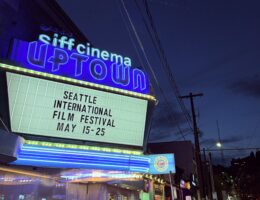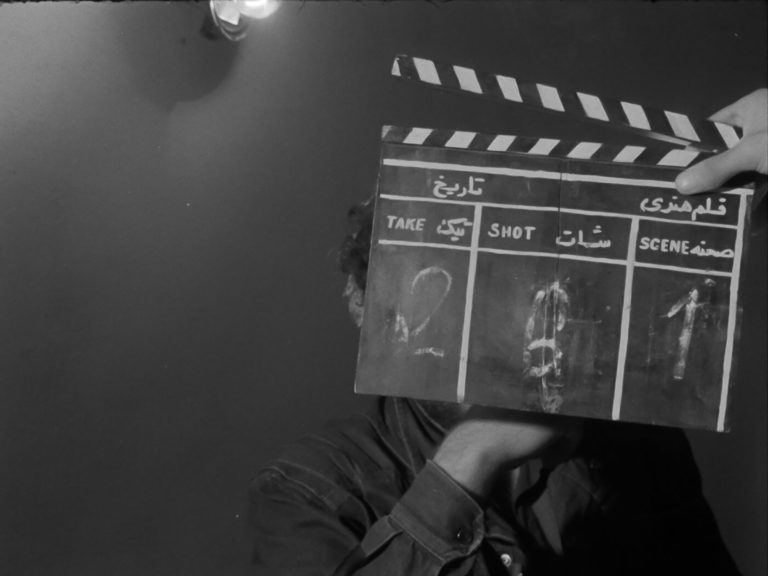What We Left Unfinished (2019 | Afghanistan | 70 mins | Mariam Ghani)
Miriam Ghani has unearthed an engrossing bounty of cinema and history from 1970’s and 80’s Afghanistan. Considered the golden age of Afghanistan cinema from the sheer mass of films created over such a short period of time, mostly due to the government throwing cash at them like never before. Unfinished consisted almost entirely of established filmmakers of the time giving first-hand accounts of their experiences while footage from several of those same directors’ unfinished works continuously run in the background. It creates a rich tapestry of the frankly mad circumstances of the time. Encountering regime turnovers on a regular basis, using live ammunition since blanks were far more scarce, dangerous leaders flanked with armed escorts starring in their works, being ostracized by fellow citizens, and the constant threat of Taliban takeovers were just some of the things these artists had to endure; but it didn’t deter them from creating what they so passionately desired, a film that spoke to their countrymen.
While propaganda oozed from every pore of films of the time, the actors, directors and screenwriters still found solace in creating art. Even the simple act of creating was a form of protest, as small as it may have seemed. They were forbidden to include politics in their work, but as the government threw more and more money at the industry, it was hard to avoid their demands and the viewpoint they wanted portrayed. As the USSR came to “assist” the Afghani government and “protect” its citizens from dangerous coups, they also began enforcing their version of censorship and culture upon the people; yet these artists persisted.
This isn’t a subject I would have ever sought out, but What We Left Unfinished is important not only to the historical record of filmmaking, but it also expands our understanding of what it means to be an artist, what others have sacrificed to keep it alive and how important it is, even now, to create, imagine, and capture public record of the world as we know it. The title itself refers to five films that had been started, but later forcibly abandoned as religious sects finally took hold of the country. The creators themselves had to flee, leaving their precious films behind, but they never forgot those works and craved to see them out in the world.
Ghani’s documentary could have included more context both about the world of cinema in Afghanistan and the dark cloud of political turmoil that hung over the country throughout the period she investigated. At times I felt a little lost, I could have used a bit more hand-holding culturally and historically. I am fully aware that my ignorance is my own problem, but I have a suspicion that I’m not in the minority and we all could use a little refresher on what it was like to live in Afghanistan at that time. The interviewees did end up filling in the gaps at the end, but by then I’d already felt a little left behind. The ebbs and flows of political life in 1970’s and 80’s Afghanistan were plentiful and complicated. Perhaps the interviews could have temporarily veered away from film to what day to day life was like.
If you are at all interested in the history of film, regardless of its origin country, then What We Left Unfinished is for you. Even if that doesn’t describe you, but you devour historical documentaries that take you to a time and place out of your comfort zone or simply out of your realm of knowledge, it’s well worth your time.
What We Left Unfinished arrives in theaters and virtual cinema tomorrow 8/6. Find more info here: https://www.whatweleft.com/screenings/



